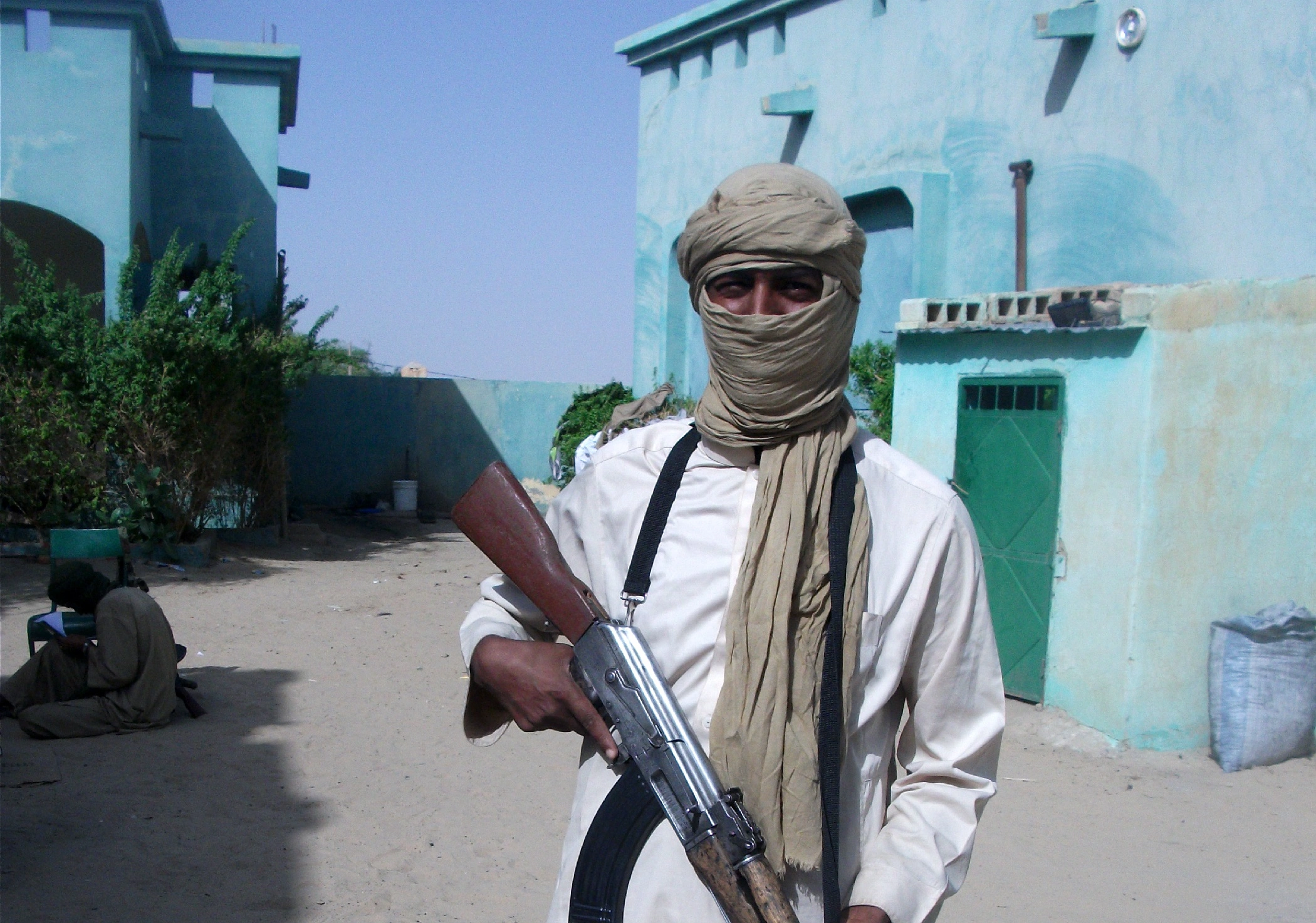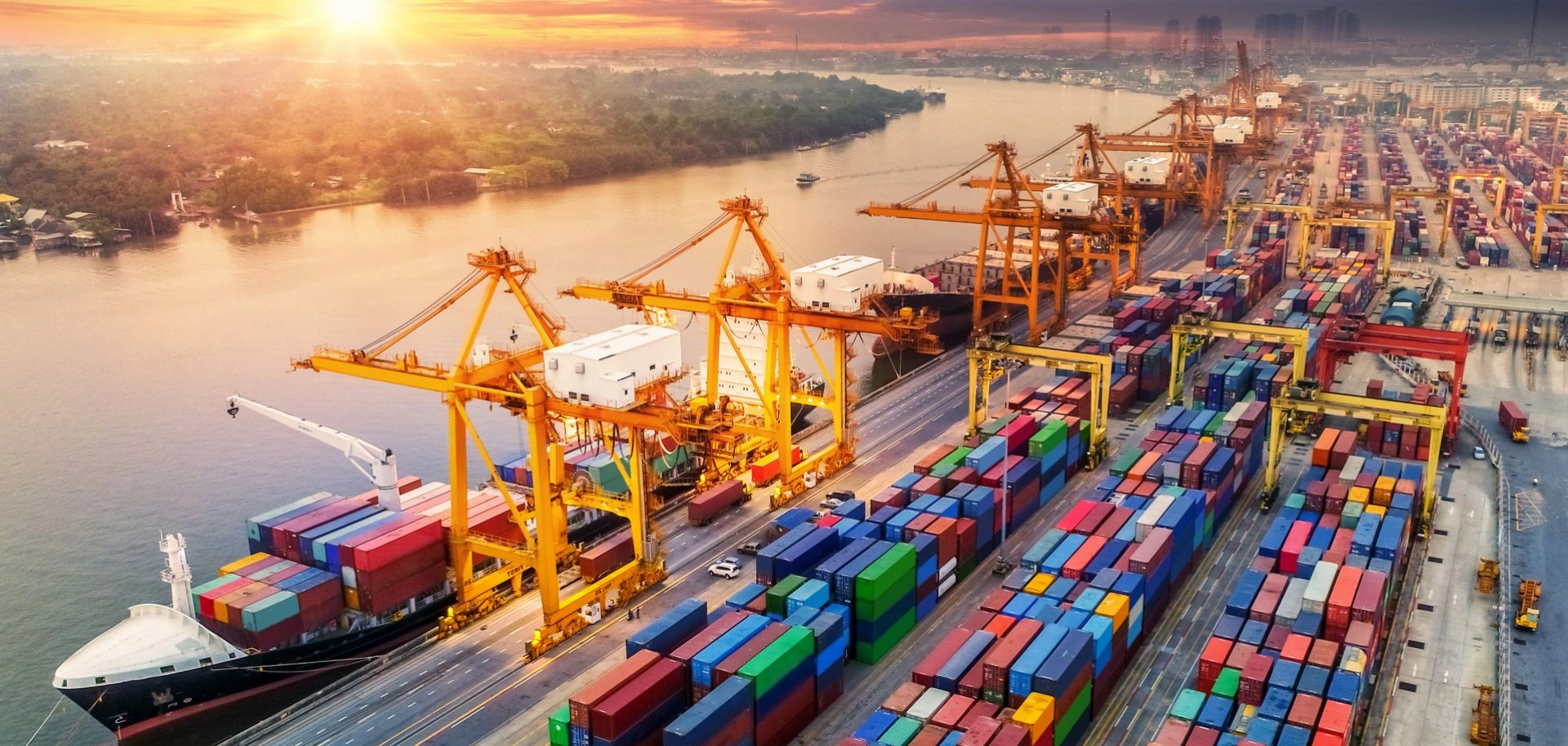Immigration officials have removed all migrants being held at Guantanamo Bay and returned them to the US, just weeks after sending the first batch to the US military base in Cuba.
According to US media reports, all the remaining migrants detained there were transported to another immigration facility in Louisiana.
In February, a separate group of migrants were abruptly moved from the facility after only a few weeks.
Shortly after taking office in January, President Donald Trump ordered that an existing facility used to hold migrants in Guantanamo Bay be expanded to hold some 30,000 people.
But so far, only a few hundred appear to have been sent there.
In response to a query from the BBC, a defence official confirmed that as of 13 March, there were no undocumented migrants being held at any facility in Guantanamo.
It is unclear why the Department of Homeland Security (DHS) has brought the latest group of migrants held at Guantanamo back to the US. It declined the BBC’s request for comment.
The move, however, comes just days before a federal judge is due to hear a legal challenge on the legality of the federal government’s move to send migrants to Guantanamo, in a lawsuit filed by a coalition of human rights groups, including the American Civil Liberties Union.
US media report that 40 migrants were flown from Guantanamo to Alexandria in Louisiana on Tuesday and Wednesday, where Immigration and Customs Enforcement (Ice) has a processing facility.
A facility used to hold migrants at Guantanamo, called the Guantanamo Migrant Operations Center, has been used by both Republican and Democratic administrations for decades – a practice long-criticised by some human rights groups.
Another facility, a high-security military prison once used to house detainees suspected of terrorism offences, is also located at Guantanamo.
The Washington Post reports that as of 10 March, 23 migrants were still being held in the military detention facility, while 17 others were detained in the Migrant Operations Center, citing a Pentagon official.
Last week, a defence official told the BBC the US military had last received a request from DHS to transport undocumented migrants to Guantanamo Bayon 1 March, adding that it stood ready to assist if additional flights are requested.
The expansion of the existing migrant centre at Guantanamo is part of a wider effort to dramatically overhaul the US immigration system, which has included promises of mass deportations.
At a signing ceremony early in his term, Trump said that the facility would largely be used to hold undocumented migrants deemed to be dangerous criminals or national security risks.
“Some of them are so bad we don’t even trust the countries to hold them, because we don’t want them coming back,” he said of migrants. “So we’re going to send them to Guantanamo… it’s a tough place to get out.”
The administration’s “border tsar”, Tom Homan, defended the use of the facility as recently as last week and said that plans for its expansion were still under way.
On 4 March, for example, he said the facility was “the perfect place for the worst of the worst” and that plans for its expansion were still in place.
Court documents filed late last week show that about 300 migrants from 27 countries have gone through the facility.
Two separate lawsuits have been filed challenging migrant detention in such facilities.
In one case, a coalition of legal aid organisations is seeking a court order allowing detainees at the facility access to attorneys, including in-person visits.
A second lawsuit directly challenges the legality of transferring migrants detained in the US to Guantanamo.
This news is sourced from BBC and is intended for informational purposes only.

![US removes all migrants from Guantanamo Bay, returning them to the US ahead of a legal challenge on migrant detention policy. [Image via Reuters]](https://southasiatimes.org/wp-content/uploads/2025/03/a8517f50-0012-11f0-a59a-8118430caef7.jpg.webp)




